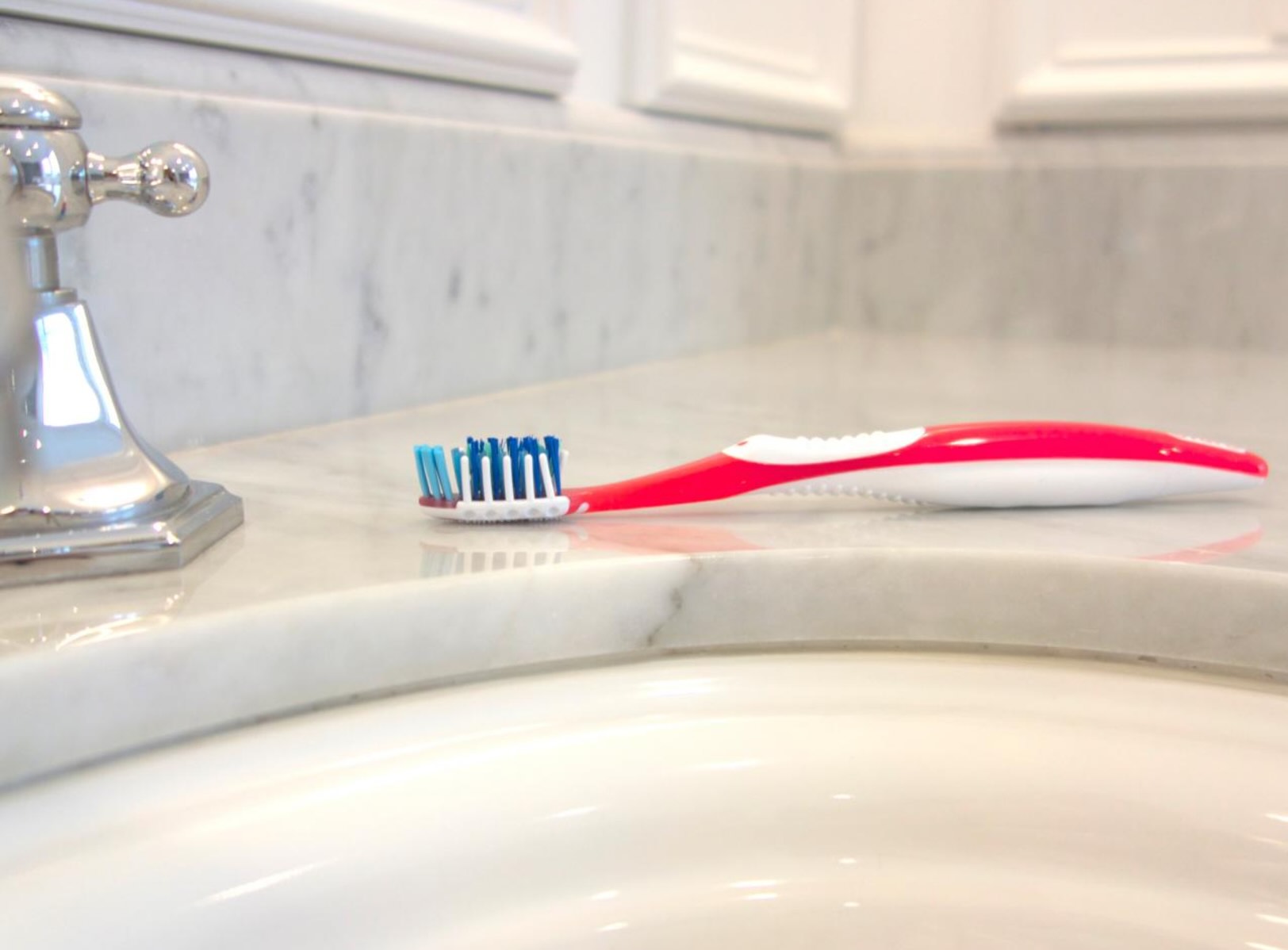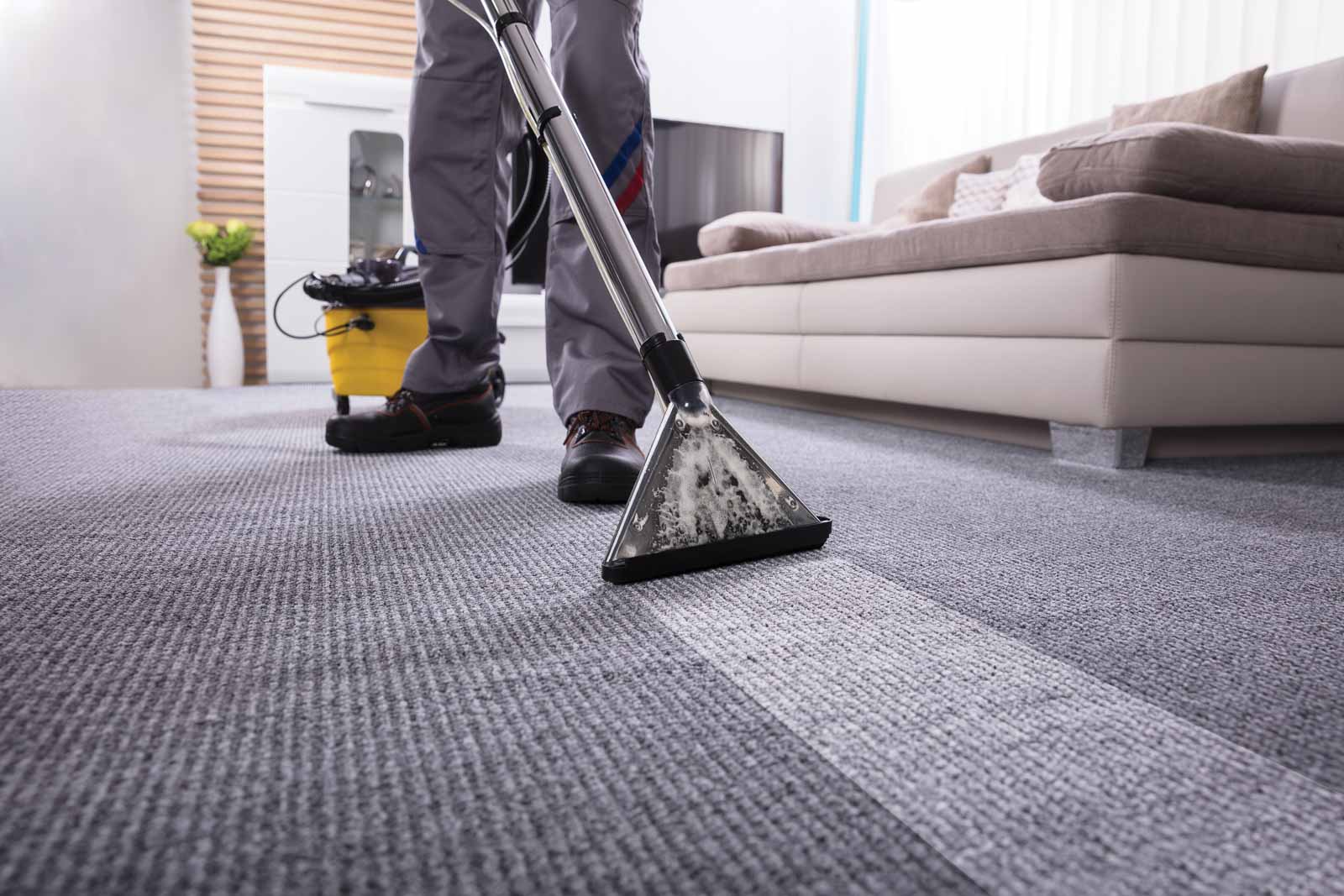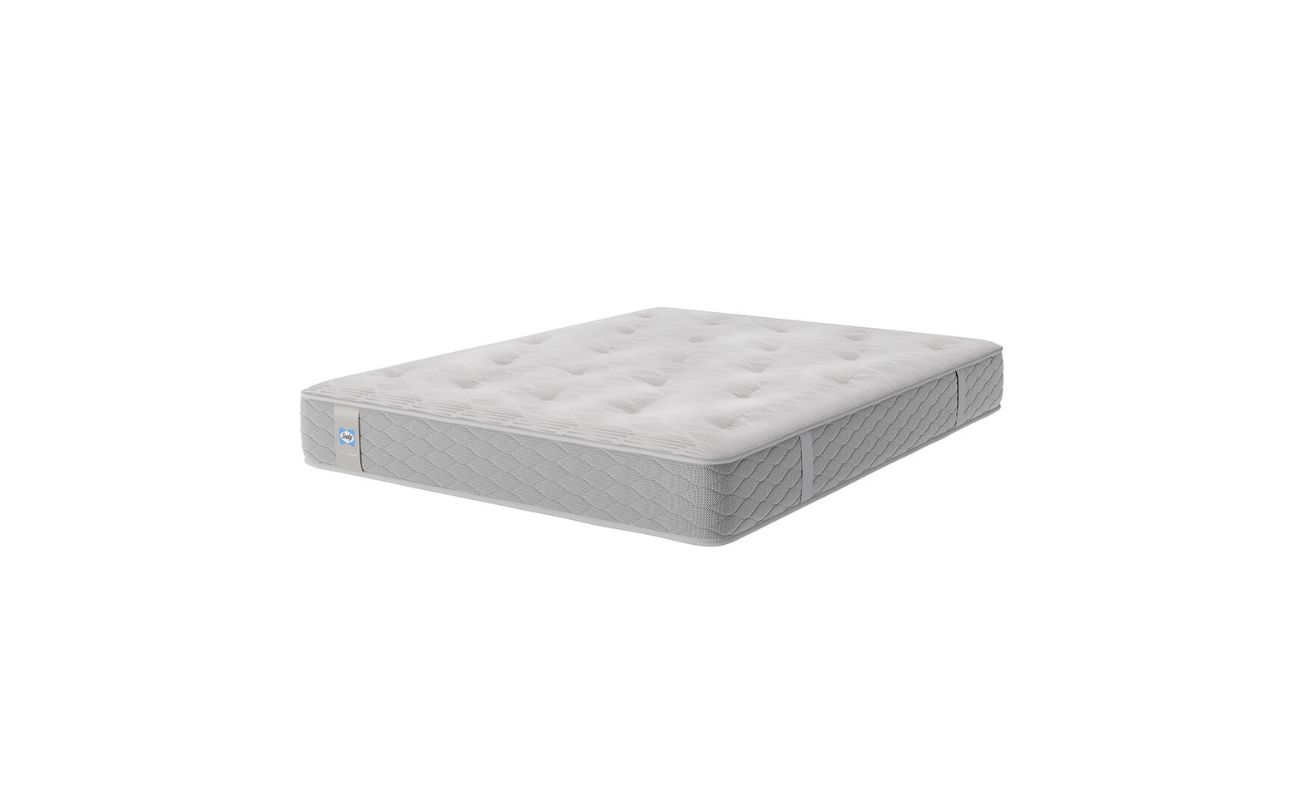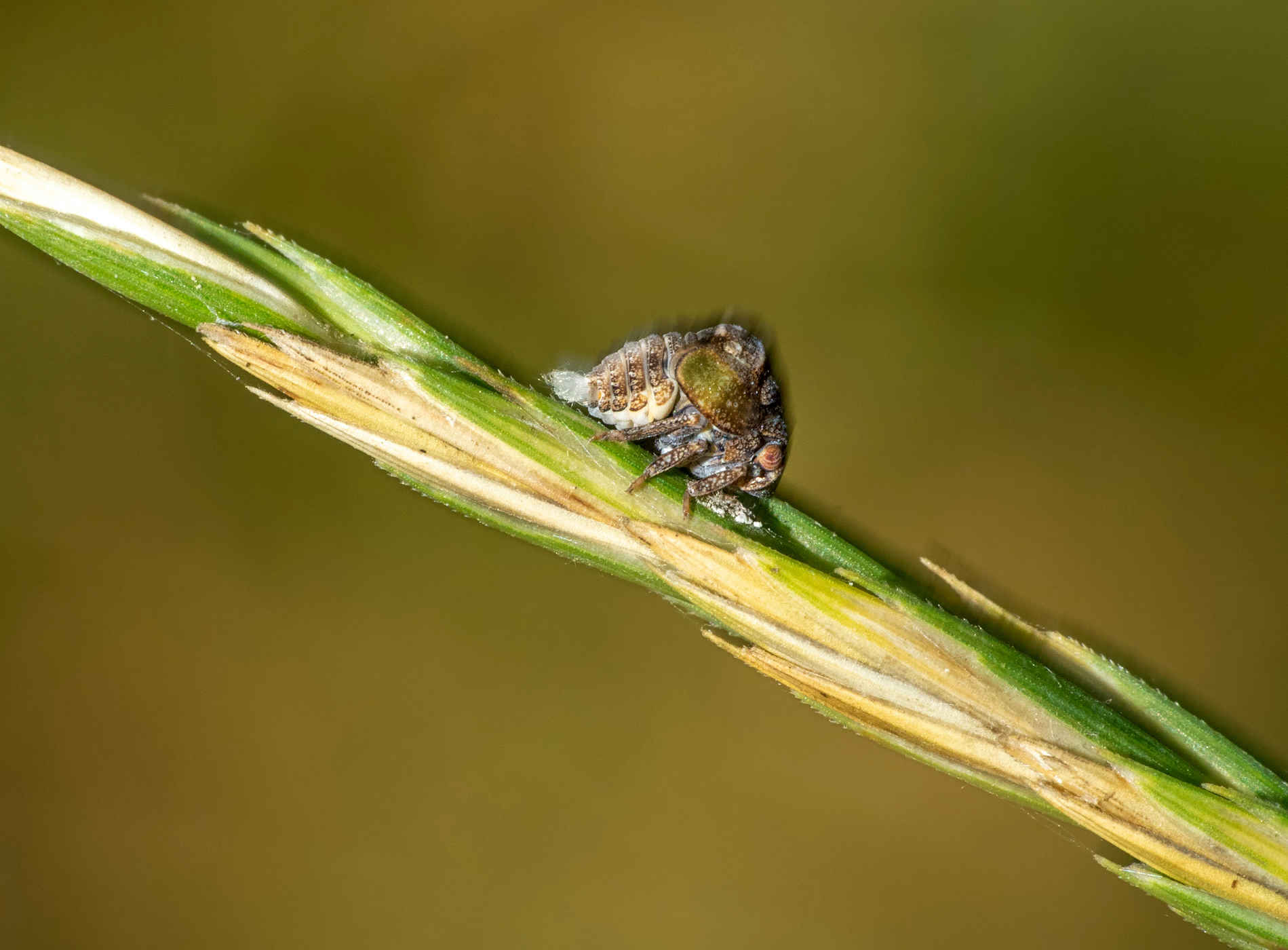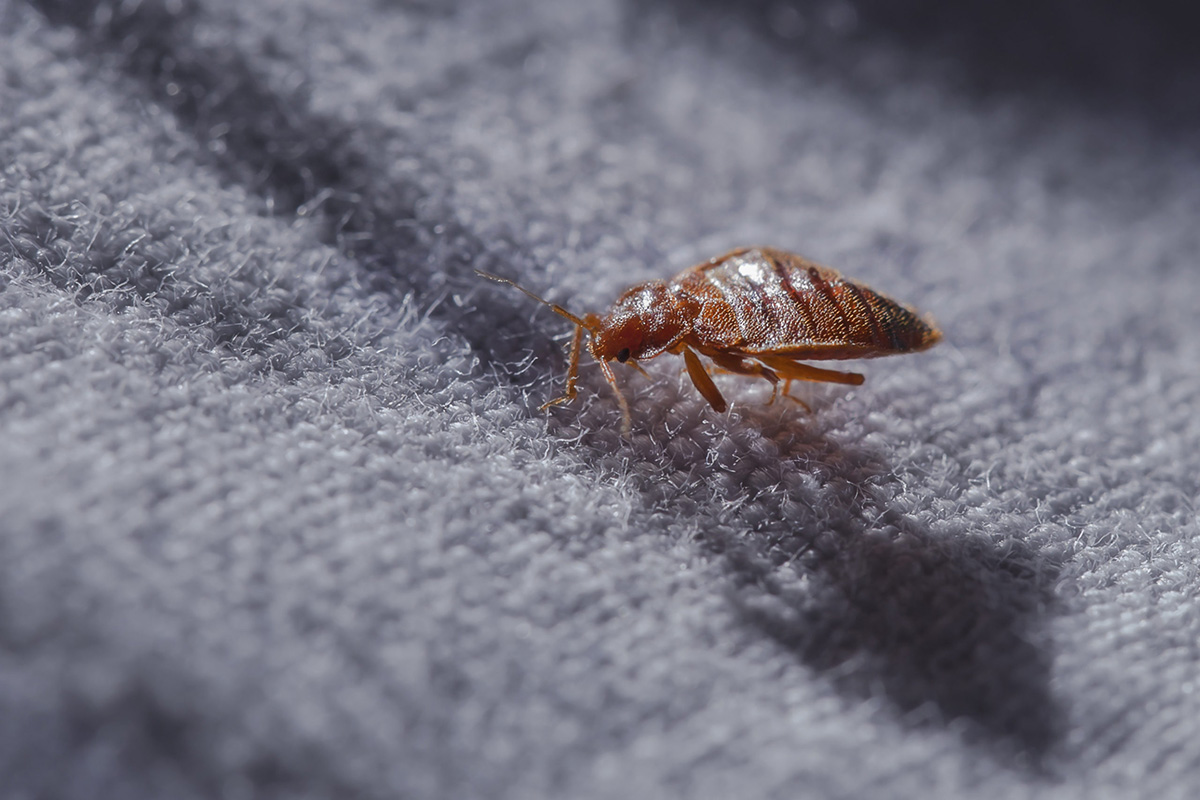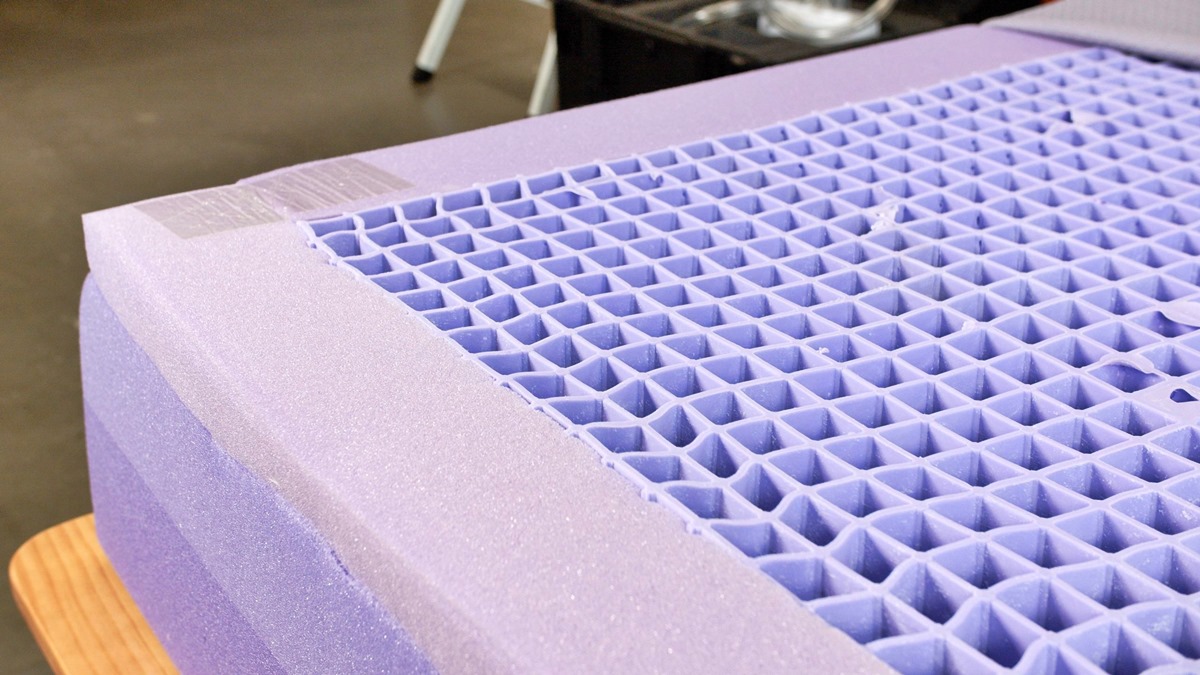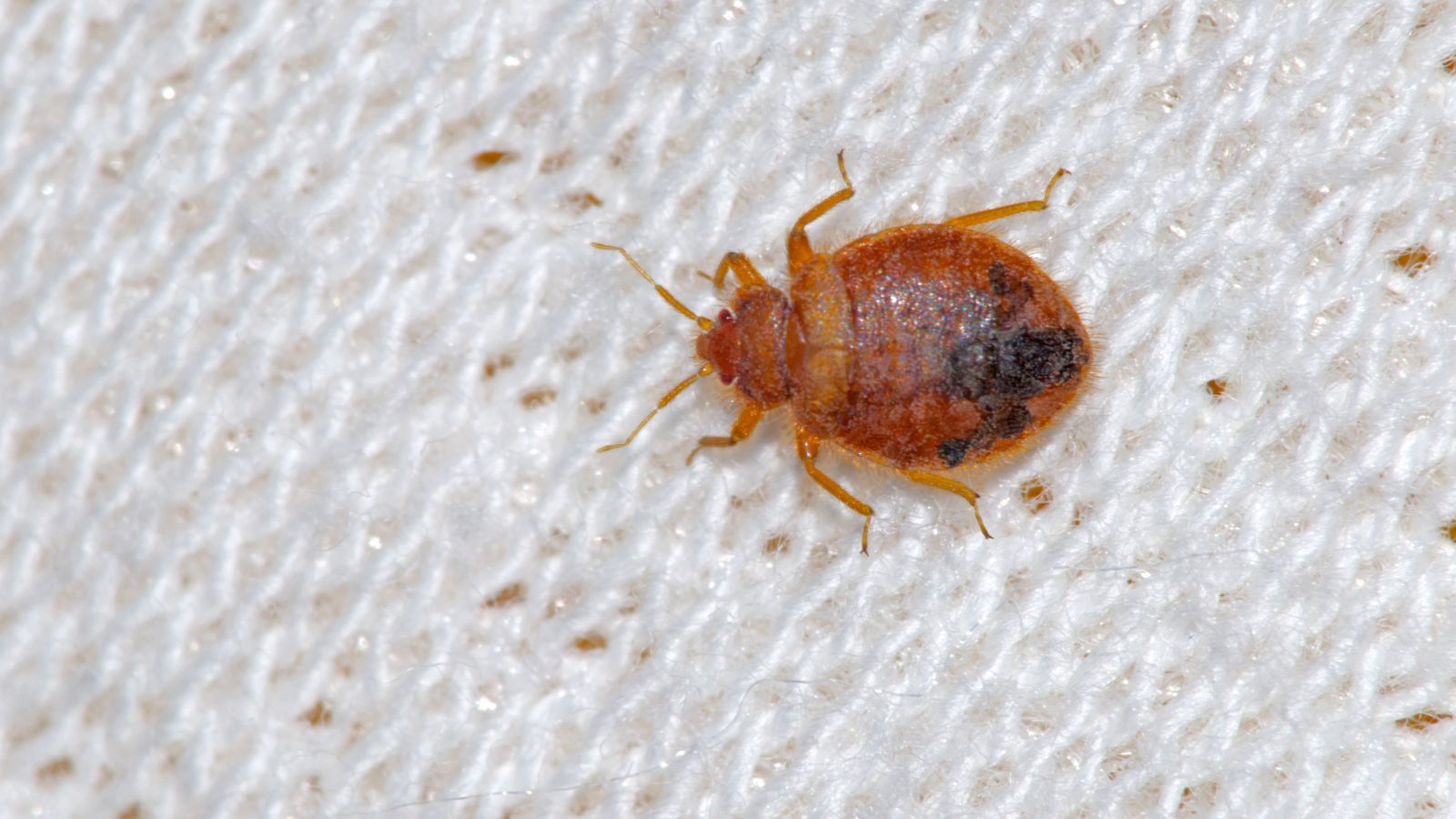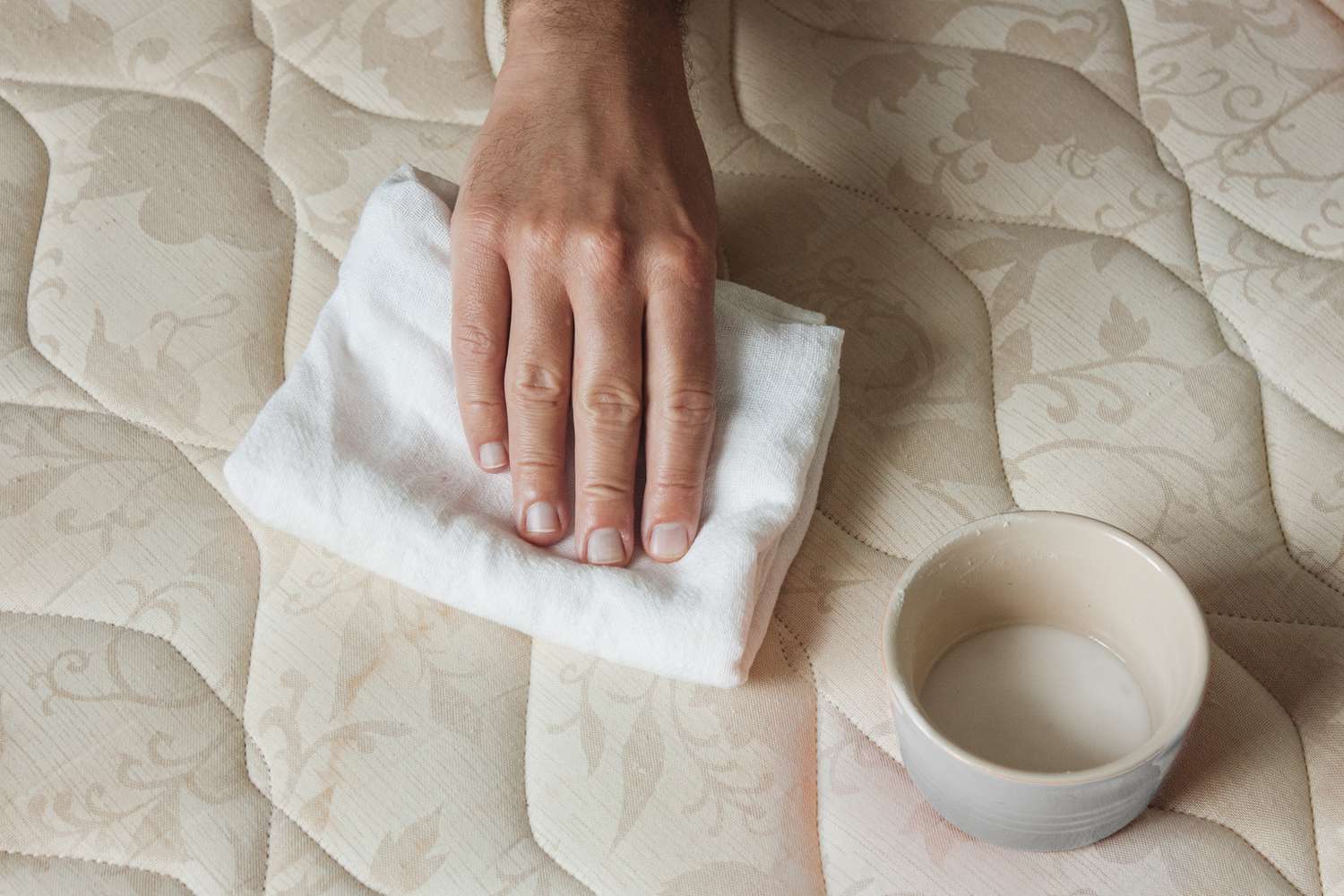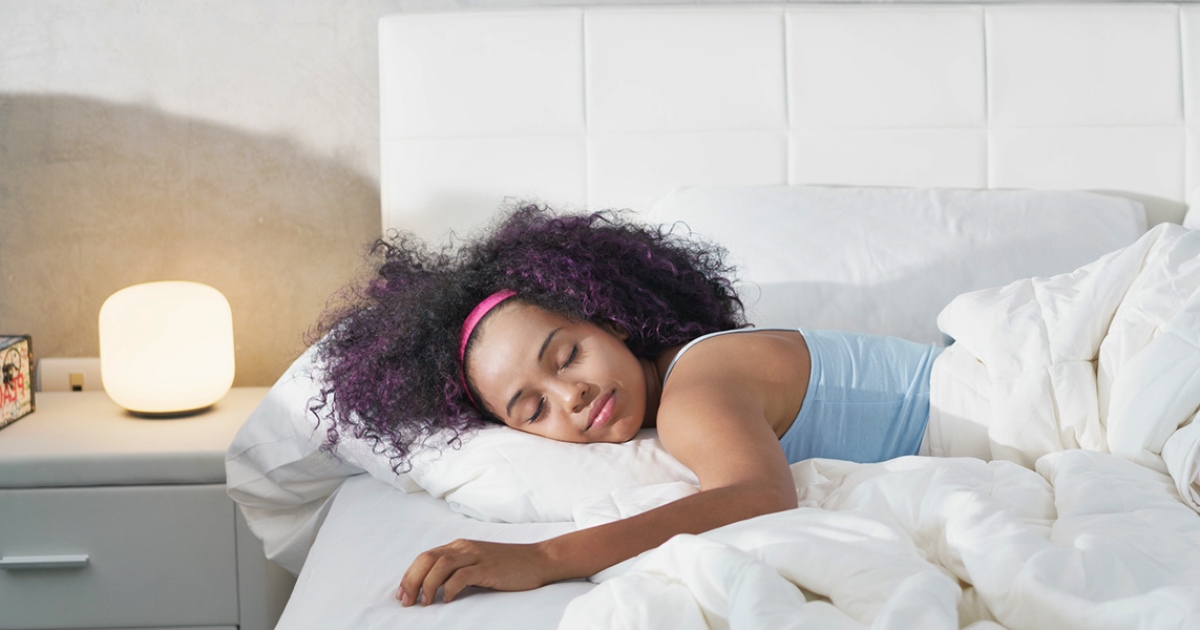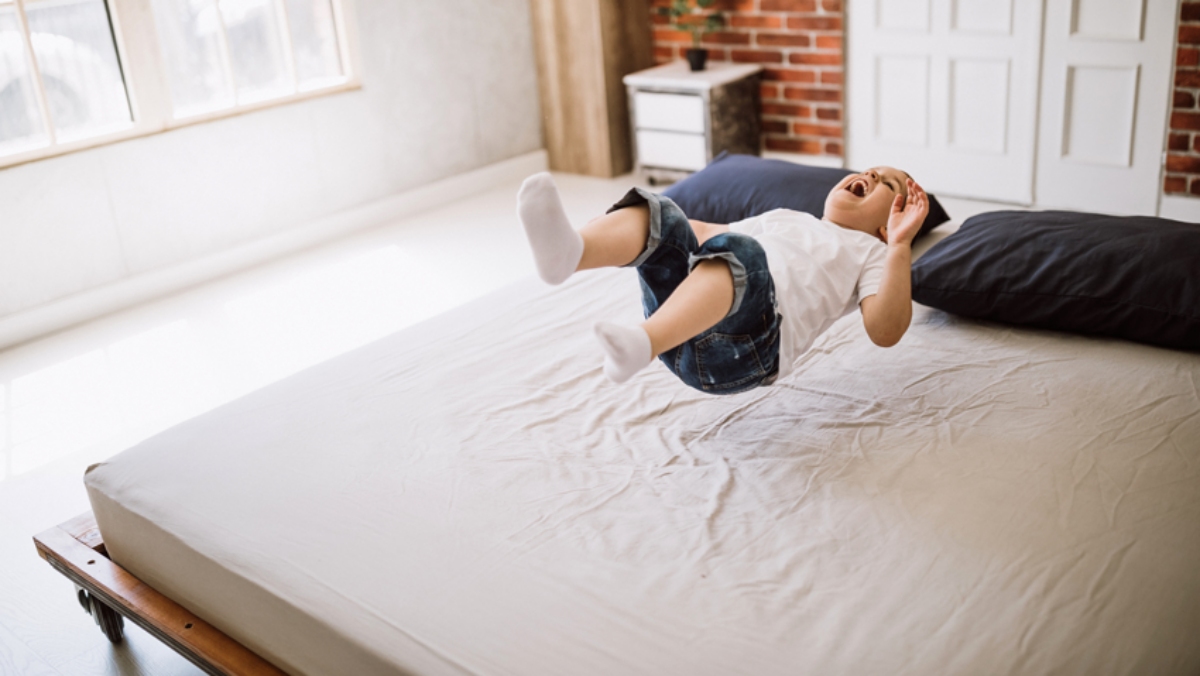Home>Furniture>Bedroom Furniture>How Long Do Lice Live On A Mattress
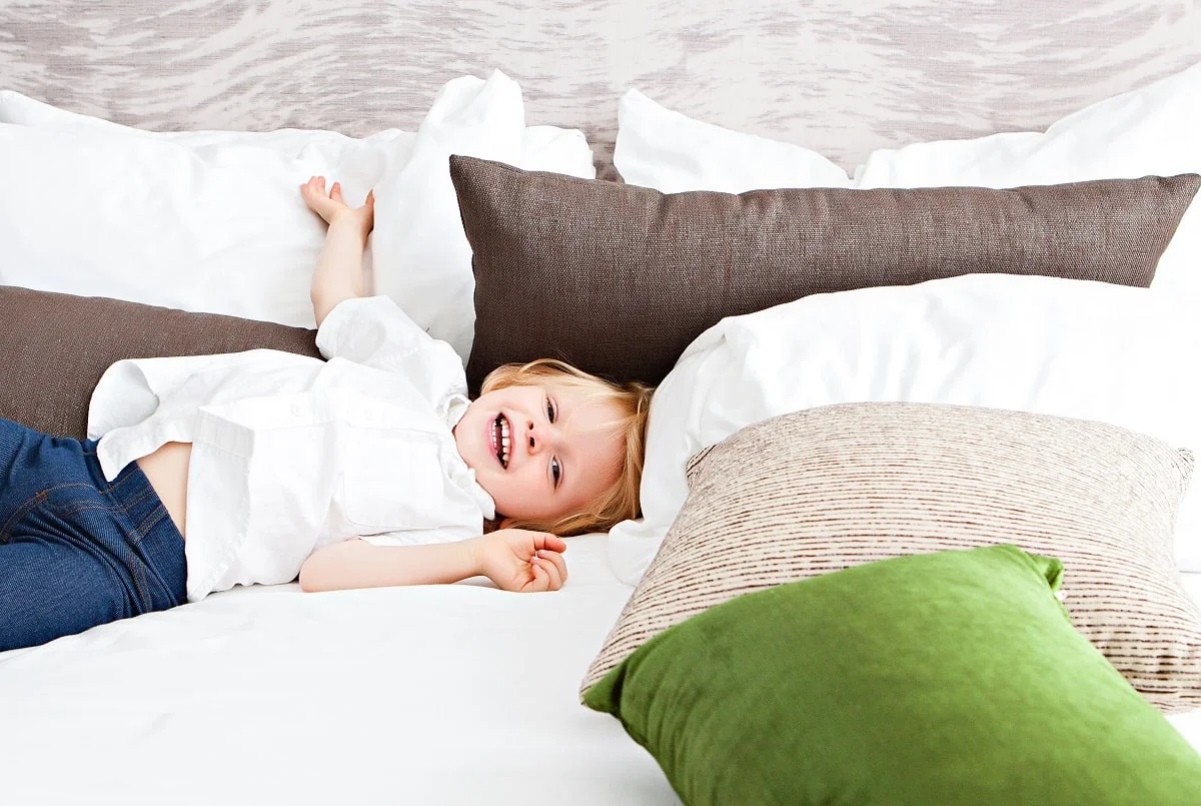

Bedroom Furniture
How Long Do Lice Live On A Mattress
Published: December 7, 2023
Find out how long lice can survive on your bedroom furniture, including mattresses. Protect your home from infestations with proper cleaning and prevention methods.
(Many of the links in this article redirect to a specific reviewed product. Your purchase of these products through affiliate links helps to generate commission for Storables.com, at no extra cost. Learn more)
Introduction
Welcome to our comprehensive guide on how long lice can live on a mattress. Lice infestations can be a common and frustrating problem, especially in households with young children. These tiny parasites can cause intense itching and discomfort, and it’s crucial to understand their lifespan and how they can be eliminated.
In this article, we will explore what lice are, whether they can live on a mattress, the factors that affect their survival on mattresses, and how long they can remain viable. We will also discuss the risks and concerns associated with lice infestations and provide tips on preventing these pesky creatures from taking up residence on your mattress.
So, if you’ve ever wondered how long lice can survive on a mattress, or if you’re dealing with a lice infestation and want to ensure its thorough eradication, you’ve come to the right place. Let’s dive in!
Key Takeaways:
- Lice cannot survive on a mattress for an extended period without a human host, making it crucial to promptly address any infestations to prevent discomfort and minimize the risk of spread.
- Preventing lice infestations on mattresses involves maintaining good personal hygiene, using lice prevention products, and educating family members, ensuring a comfortable and lice-free environment.
Read more: How Long Do Lice Live On Furniture
What are lice?
Lice (singular: louse) are parasitic insects that primarily infest the hair and scalp of humans. They are wingless, tiny, and range in color from whitish to grayish-brown. Lice feed on human blood and their bites can cause intense itching and discomfort.
There are three main types of lice that commonly affect humans:
- Head lice: These are the most common type of lice and are primarily found on the scalp, behind the ears, and at the nape of the neck. They lay their eggs (known as nits) near the base of the hair shafts.
- Body lice: Body lice infestations are less common and typically occur in people who have poor hygiene or are living in unclean environments. Body lice lay their eggs on clothing and only move to the body to feed on blood.
- Pubic lice: Also known as “crabs,” pubic lice infest the pubic hair and can also be found in other areas with coarse hair, such as the armpits or eyebrows.
Lice are highly contagious and can spread easily through close contact with an infested person or by sharing personal items such as hairbrushes, hats, or bedding. The itching caused by lice infestations is a result of an allergic reaction to their saliva, which is injected during feeding.
It’s important to note that lice cannot jump or fly. Their movement is limited to crawling, and they can survive for only short periods away from the host’s body. They require a human host to survive and reproduce, and their lifespan is relatively short.
Now that we have a better understanding of what lice are, let’s explore whether they can live on a mattress.
Can lice live on a mattress?
One common concern when dealing with a lice infestation is whether these pesky parasites can survive on a mattress. The good news is that lice have specific environmental requirements for survival, and typically, they cannot live on a mattress for an extended period.
While lice can crawl onto and temporarily infest bedding, including mattresses, they rely on the warmth and proximity of a human scalp for their survival. Lice need to feed on human blood several times a day to stay alive. Without a host, they will eventually dehydrate and perish.
Furthermore, lice eggs, or nits, are securely attached to the base of individual hair shafts near the scalp, making it unlikely for them to detach and transfer onto a mattress. Nits require the warmth and humidity near the scalp to hatch, so they are not likely to thrive on a mattress’s surface.
However, it’s important to note that lice can survive for a short period on bedding and other surfaces. If an infested person comes into direct contact with a mattress or leaves behind any lice or nits through shedding hair, there is a possibility that lice can temporarily reside there.
To minimize the chances of lice infesting your mattress, it is essential to address any infestations promptly and thoroughly treat the affected individual and their environment. This includes washing bedding, vacuuming mattresses and upholstery, and using appropriate lice treatment products.
In the next section, we will explore the factors that can affect how long lice can survive on a mattress.
Factors affecting lice survival on a mattress
Several factors can influence how long lice can survive on a mattress. These include:
- Temperature: Lice thrive in warm conditions close to the human body, as they require this warmth to survive. A mattress, which generally remains at room temperature, does not provide the ideal environment for lice to survive for an extended period.
- Humidity: Lice need a certain level of humidity to survive. Mattresses, being made of materials that do not retain moisture, tend to have low humidity levels, making it unfavorable for lice to live and reproduce.
- Time spent on the mattress: Lice require regular access to a human host for feeding. If an infested person spends minimal time on the mattress, the lice’s chances of survival are significantly reduced. Brief exposure to a mattress, such as sitting or lying down for a short period, is usually insufficient for lice to establish themselves.
- Treatment methods: If an infested person receives proper lice treatment, including medicated shampoos and thorough combing to remove lice and nits, the chances of lice survival on a mattress are further diminished.
- Cleanliness and hygiene: Regularly cleaning and maintaining good hygiene practices can also deter lice infestations. Keeping bedding clean, washing it regularly, and avoiding sharing personal items can help reduce the risk of lice spreading to a mattress.
It’s important to note that while these factors can diminish the survival rate of lice on a mattress, it is still advisable to take necessary precautions if someone in your household has a confirmed lice infestation.
In the following section, we will discuss how long lice can survive on a mattress under ideal conditions.
Vacuuming the mattress and surrounding area can help remove lice and their eggs. Use a hot dryer to kill any remaining lice or eggs on bedding and pillows.
How long can lice survive on a mattress?
The lifespan of lice on a mattress can vary depending on several factors, including environmental conditions, treatment methods, and the presence of a human host. In general, lice cannot survive on a mattress for more than a day or two.
Without the warmth and constant blood supply from a human host, lice will gradually become weakened and eventually perish. The lack of humidity and lower temperature on a mattress further contribute to their reduced lifespan.
It’s important to note that lice eggs, or nits, can survive for a longer period than adult lice. Nits are firmly attached to individual hair shafts near the scalp, and they require the warmth and humidity near the scalp to hatch. While nits can potentially transfer onto a mattress if an infested person’s hair sheds, their survival without a host is limited. Nits typically require around 6 to 9 days to hatch, and if they are unable to do so within that timeframe, they will not develop into viable lice.
If an infested individual comes into direct contact with a mattress, it is recommended to take precautionary measures such as washing bedding in hot water, vacuuming the mattress and surrounding areas, and using lice treatment products as needed. This will help minimize the risk of lice spreading and ensure thorough elimination.
Remember that the primary source of lice infestations is from direct head-to-head contact with an infested person. While lice can briefly crawl onto a mattress, it is unlikely for them to establish a long-term infestation on this surface.
In the next section, we will discuss the risks and concerns associated with lice infestations.
Read more: How Long Does Lice Live On Pillows
Risks and concerns
Although lice infestations on mattresses are generally short-lived, there are still risks and concerns associated with lice infestations in general. These include:
- Physical discomfort: Lice infestations can cause intense itching and irritation on the scalp, neck, and other areas of the body where they are present. Scratching the affected areas can lead to secondary infections, skin irritation, and discomfort.
- Spread of lice: Lice are highly contagious and can spread easily from person to person through direct head-to-head contact. If an infested individual shares personal items such as hairbrushes, hats, or bedding, there is a risk of spreading lice to others.
- Emotional and social stigma: Having a lice infestation can be emotionally distressing and may result in feelings of embarrassment or shame. It is important to remember that lice infestations can happen to anyone and are not indicative of poor hygiene or cleanliness.
- Disrupted daily routines: Dealing with a lice infestation requires time and effort to thoroughly treat affected individuals, clean infested items, and prevent re-infestation. This can disrupt daily routines and cause inconvenience.
- School and childcare policies: Many schools and childcare facilities have policies in place regarding lice infestations. Infested individuals may be required to be treated and remain lice-free before returning to school or childcare, which can impact their attendance and routines.
It is essential to address lice infestations promptly, take appropriate measures to treat affected individuals and their environment, and educate family members and close contacts about prevention strategies.
Preventing lice infestations is crucial to avoid the potential risks and concerns associated with these parasites. In the next section, we will discuss tips on preventing lice infestations on mattresses.
Preventing lice infestations on mattresses
Taking preventive measures is key to reducing the risk of lice infestations on mattresses. Here are some helpful tips to keep lice at bay:
- Encourage good personal hygiene: Teach everyone in your household to maintain good personal hygiene practices, including regular hair washing with lice-repellent shampoos and avoiding sharing personal items such as hairbrushes, hats, or towels.
- Use lice prevention products: Consider using lice prevention products, such as lice repellent sprays or shampoos, especially if there is an ongoing lice outbreak in your community or among close contacts.
- Vacuum regularly: Regularly vacuum your home, including mattresses and upholstered furniture, to remove any potential stray lice or eggs that may have fallen off an infested person’s hair.
- Wash bedding and clothing: Wash bedding, pillowcases, and clothing used by an infested individual in hot water and dry them on high heat to kill any lice or nits that may be present. Avoid sharing bedding or clothing among family members during an infestation.
- Inspect for lice: Regularly check family members’ hair and scalps for signs of lice, such as itching or the presence of nits. Early detection can help prevent the infestation from spreading.
- Teach children about lice prevention: Educate children about the importance of not sharing personal items and avoiding head-to-head contact with others to minimize the risk of lice infestations.
By following these preventive measures, you can greatly reduce the likelihood of lice infestations on mattresses and minimize the disruptions they can cause.
Now that we’ve discussed preventive measures, let’s wrap up this article.
Conclusion
Dealing with a lice infestation can be a frustrating experience, but understanding how lice interact with mattresses can help put your mind at ease. Lice cannot live on a mattress for an extended period without a human host. Their survival is dependent on warmth, humidity, and access to regular blood meals.
While lice can briefly crawl onto bedding, including mattresses, they cannot establish a long-term infestation in this environment. However, it is still crucial to take precautionary measures and address any lice infestation promptly to prevent the spread and minimize discomfort.
Preventing lice infestations on mattresses involves maintaining good personal hygiene, using lice prevention products, vacuuming regularly, washing bedding and clothing, and educating family members about lice prevention. Taking these steps can greatly reduce the risk of lice infestations and ensure a comfortable and lice-free environment.
Remember, lice infestations are a common issue that can happen to anyone, regardless of cleanliness or hygiene. By staying informed and taking proactive measures, you can effectively manage and prevent lice infestations in your home.
We hope that our comprehensive guide on how long lice can live on a mattress has provided you with the information you need to better understand lice infestations and take the necessary steps to eliminate and prevent them. By maintaining cleanliness, practicing good hygiene, and addressing lice infestations promptly, you can create a lice-free environment for you and your family.
Thank you for reading!
Frequently Asked Questions about How Long Do Lice Live On A Mattress
Was this page helpful?
At Storables.com, we guarantee accurate and reliable information. Our content, validated by Expert Board Contributors, is crafted following stringent Editorial Policies. We're committed to providing you with well-researched, expert-backed insights for all your informational needs.

